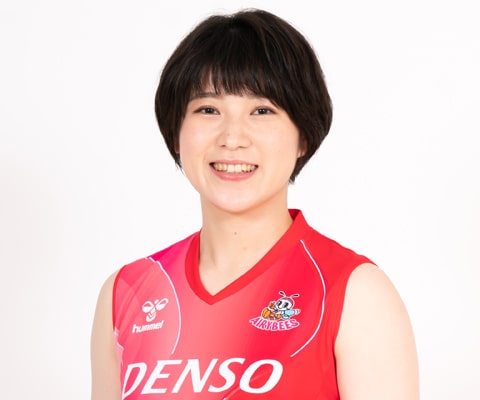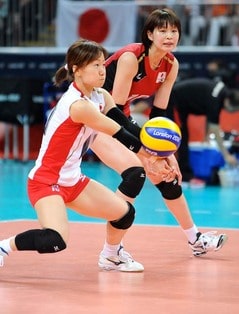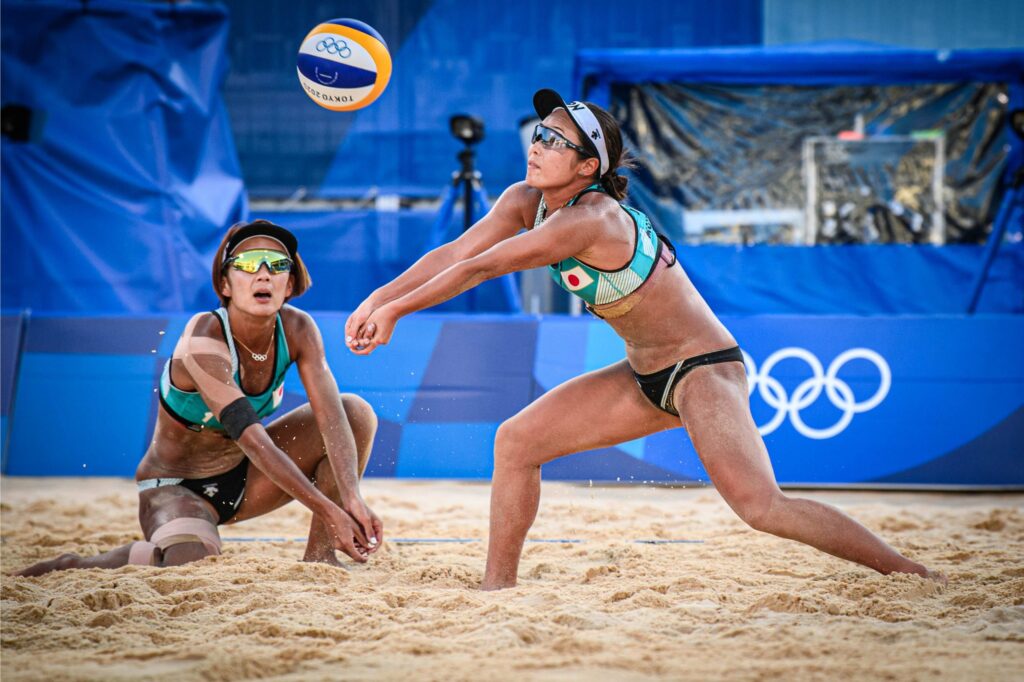
Beach volleyball has a strong image of being enjoyed on the beach in the summer, but its fun and appeal as a sport goes beyond that.
In particular, beach volleyball has its own rules, including the term “holding.”
However, many players suffer from this “holding” offense, which is the offense of holding onto the ball too much.
What exactly does this mean? And how can we avoid foul play?
In this article, we will focus on “holding”, which is one of the rules of beach volleyball that you should be especially careful about.
We will explain why holding is a problem and specific techniques and tips to avoid it in a way that all players, from beginners to advanced players, can understand.
I’ll also show you how to look back on your own play and check to see if you’re unconsciously holding on too much.
We hope this guide will help you further hone your beach volleyball skills and enjoy the game even more.
目次
- 1 Explanation of the basic rules of beach volleyball: What is holding?
- 2 Signs of “too much possession”: How to check your own play
- 3 A professional teaches! Playing techniques to avoid holding
- 4 Q&A: Answering the common question of “holding too much” in beach volleyball
- 4.1 Q1: In what specific situations is it considered “too much” in beach volleyball?
- 4.2 Q2: Why is “holding too much” considered a violation?
- 4.3 Q3: Is the judgment of “having too much” subjective? Is it possible for different referees to make different decisions on the same action?
- 4.4 Q4: How can I determine if I have “too much”?
- 4.5 Q5: Is there any practice method to improve “holding too much”?
- 5 summary
Explanation of the basic rules of beach volleyball: What is holding?
“Holding” in beach volleyball is a foul that occurs when a player holds the ball for too long.
Specifically, this offense occurs when a player makes unnecessarily long contact with the ball or makes a clear catching or throwing motion.
Beach volleyball requires rapid and continuous play of the ball, and holding the ball in one’s hand unnaturally interrupts the flow of the game, making it illegal to do so. .
Why holding is considered a violation
- Keep the game fair : Beach volleyball is a sport where speed and reaction are key, and holding onto the ball for an unreasonable amount of time can give you an unfair advantage over the opposing team. Holding rules ensure that all players have an equal opportunity to play.
- Keep the flow of the game : One of the best parts of beach volleyball is the fast flow of the game. Excessive possession of the ball disrupts this flow and makes the sport less appealing.
- Encourage improved technique : To avoid holding fouls, players need to develop high technique, such as passing, setting, and attacking with precise timing. This rule encourages players to grow from a technical standpoint.
Points to avoid holding
- Precise positioning and timing : Predicting where the ball will land and practicing hitting the ball at the right time can reduce the risk of holding the ball.
- Awareness of touch to the ball : When passing or setting, try to touch the ball lightly and be careful not to make movements that hold the ball.
Holding is one of the basic rules of beach volleyball, and it is important that all players have the skill and awareness to avoid this foul.
Aim to improve your technique while learning the correct way to play and maintaining the fairness and flow of the game.

Signs of “too much possession”: How to check your own play
Holding too much can be a violation in beach volleyball, so it is important to check whether you are unconsciously doing this while playing and correct it.
Here, we will introduce how to check your own play, as well as techniques and practice methods to avoid “holding too much.”
How to check your play
-
Video recording : By recording video of your own play and watching it later, you can objectively evaluate the contact time with the ball and the quality of the pass. Pay particular attention to your contact with the ball when setting or digging.
-
Feedback from coaches and peers : During practices and games, it’s helpful to have a coach or teammate watch your play and get feedback on any signs of “over-holding.”
-
Self-reflection : After a play, reflect on yourself at which moments you may have held the ball too long. When you are unstable or anxious, you may unconsciously hold the ball for too long.
Techniques and practice methods to avoid “holding too much”
-
Ball Touch Practice : Practice keeping contact with the ball short. For example, it is effective to consciously practice keeping your touches on the ball as short as possible when setting or digging.
-
Improve your positioning : Practice positioning yourself exactly where you expect the ball to fall. Playing from the right position reduces contact time with the ball, allowing for smoother passes and sets.
-
Improving Reactions and Quickness : By training to improve your reaction speed and body agility, you will be able to react quickly to the ball and avoid “holding too much”. Drills that increase speed and agility are helpful.
-
Conscious practice : During practice, consciously try not to hold the ball too much. By being aware of the contact time with the ball each time you play, you can gradually acquire the correct feeling.
By practicing these methods, you can improve your habit of “holding too much” and improve your beach volleyball play.
It is important to constantly review your play and see if there is room for improvement.
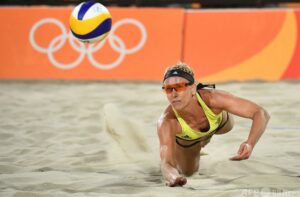
A professional teaches! Playing techniques to avoid holding
In beach volleyball, certain playing techniques and mindset are required to avoid holding (the foul of holding the ball too much).
Here, experienced professional beach volleyball players and coaches will introduce you to specific techniques and tips to avoid holding.
Advice from the pros
-
The importance of immediate reaction
- By reacting quickly to the ball, you can avoid unnecessary holding. This requires the ability to quickly read the trajectory of the ball and quickly move to the appropriate position.
-
hand control practice
- It is important to improve how you use your hands on the ball. Practice touching the ball as if you are pushing it away so you don’t have to hold the ball for too long.
-
lower body strength
- Lower body strength allows for accurate touch on the ball. In particular, increasing the strength of your hips and legs will enable you to play more stably and reduce the risk of holding.
-
visual training
- Visual training to accurately read the trajectory of the ball and the movements of opposing players is effective. This allows you to make faster play decisions and avoid unnecessary long contact with the ball.
-
simulation practice
- By practicing in a simulation that simulates a real battle, you will be able to avoid holding even under pressure. Your situational judgment skills will be trained and your decision making during matches will be improved.
Practice the tips
- Consecutive Touch Practice : Practice touching the ball in succession and learn techniques to shorten the contact time with the ball.
- Positioning Game : Practice accurate positioning for the ball through positioning games played in pairs.
- Strengthen your reflexes : Incorporate reflex exercises to train your reflexes so you can make the right play instantly.
Through these tips and practice methods from professional players and coaches, it is possible to effectively avoid holding and improve your beach volleyball technique.
By practicing and making each technique your own, you will greatly improve your performance in matches.
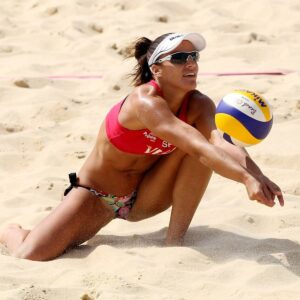
Q&A: Answering the common question of “holding too much” in beach volleyball
Questions about “holding too much” in beach volleyball are common among players.
Below, we have compiled expert answers to such questions.
Q1: In what specific situations is it considered “too much” in beach volleyball?
A1: “Holding too much” refers to actions such as catching or throwing the ball with your fingers, or having contact with the ball for an unnecessarily long period of time. If there is a moment when the ball appears to be stationary in your hands, it is often determined that you are holding it too much.
Q2: Why is “holding too much” considered a violation?
A2: Beach volleyball aims to be a fast and fluid game. “Having too much” is considered a foul because it can unnaturally slow the flow of the game and create an unfair advantage.
Q3: Is the judgment of “having too much” subjective? Is it possible for different referees to make different decisions on the same action?
A3: Determining whether you have too much involves a certain degree of subjectivity. However, beach volleyball referees make decisions based on strict guidelines and experience. In order to maintain consistency among players, we strive to avoid large differences in decisions between referees, but it is difficult to completely eliminate subjectivity.
Q4: How can I determine if I have “too much”?
A4: It is important to be conscious of shortening the contact time with the ball while playing. One way is to record a video of yourself playing and watch it later. You can also get objective opinions about your playing style by asking for feedback from coaches and experienced players.
Q5: Is there any practice method to improve “holding too much”?
A5: We will focus on practicing handling the ball quickly. For example, effective drills include setting and passing drills that feel like pushing the ball, reaction exercises to increase reaction speed, and footwork exercises to improve positioning. Through these exercises, you will naturally be able to shorten your contact time with the ball.
These Q&As on “holding too much” will help beach volleyball players improve their understanding and technique in order to play better.
Be careful not to have too much while playing, and try to play the game according to the rules.

summary
Improving understanding and technique to avoid “over-holding” fouls in beach volleyball is an important topic for all players.
This offense disrupts the flow of the game, so it is strictly controlled by the rules.
In this article, we have explained in detail what “holding too much” is, why it is considered a foul, and techniques and practice methods to avoid it.
Players can hone their skills to avoid “over-holding” through immediate reactions, proper hand control, lower body strength, visual training, and real-life simulation exercises.
Video recording and feedback can also help you objectively evaluate your own playing style and identify areas for improvement.
In order to enjoy beach volleyball, it is important to understand the rules correctly and try to play a fair and smooth game.
By using the advice and practice methods introduced this time and working to improve your technique, you will be able to play at a higher level.



